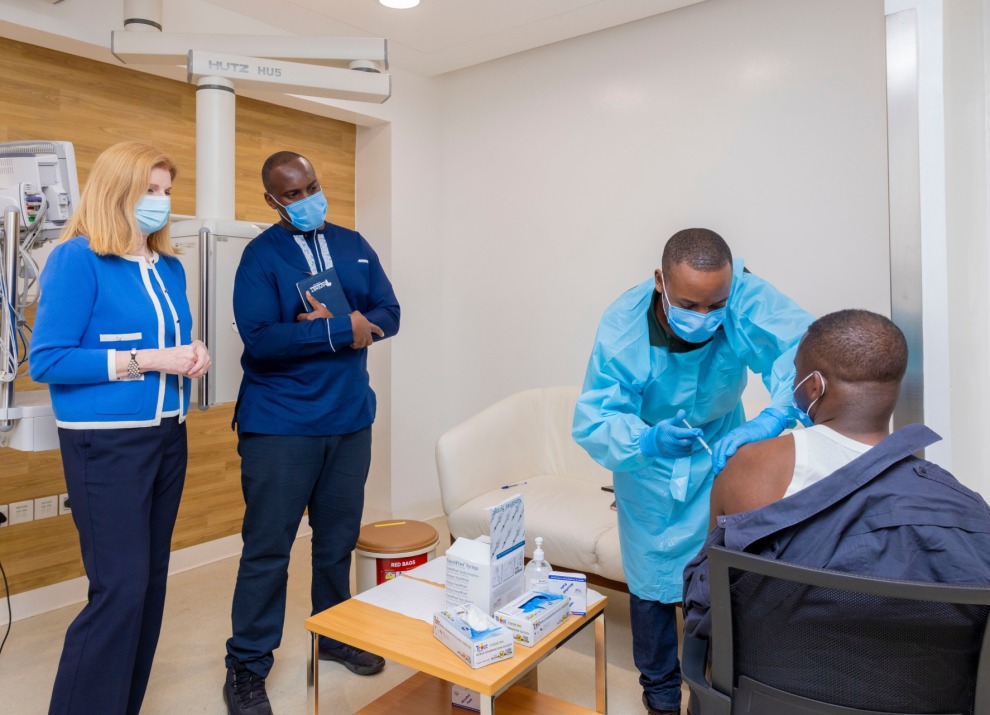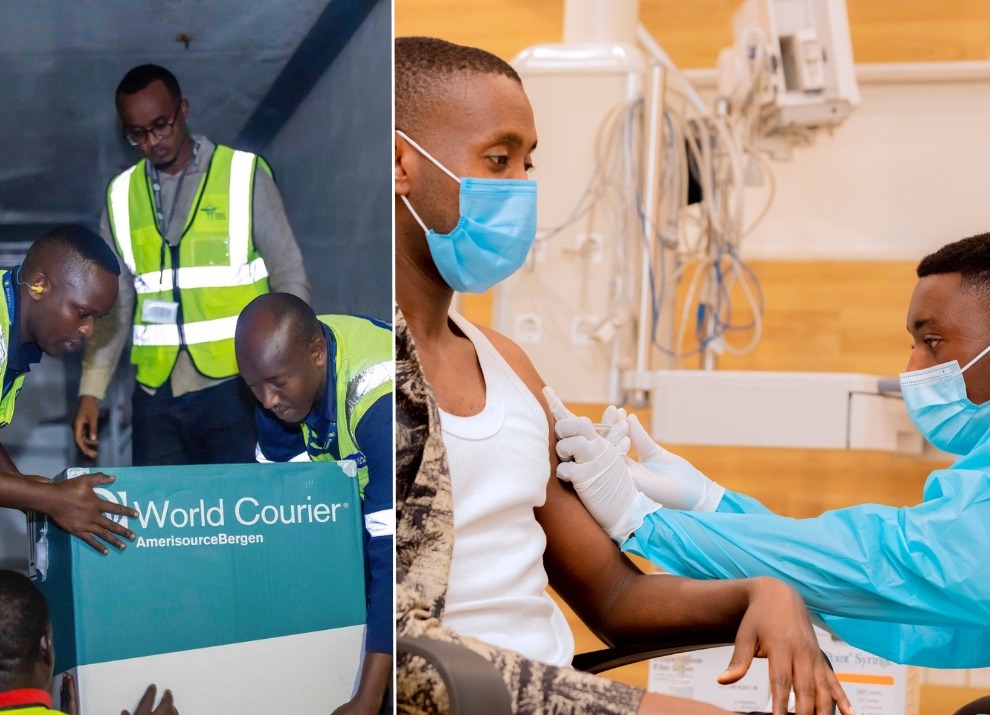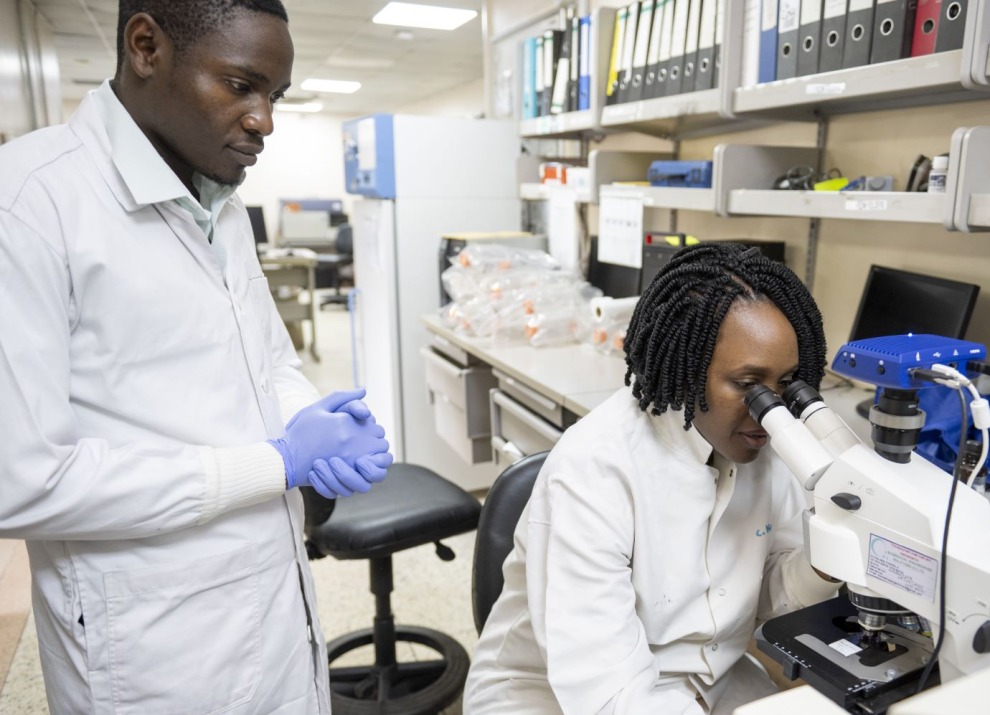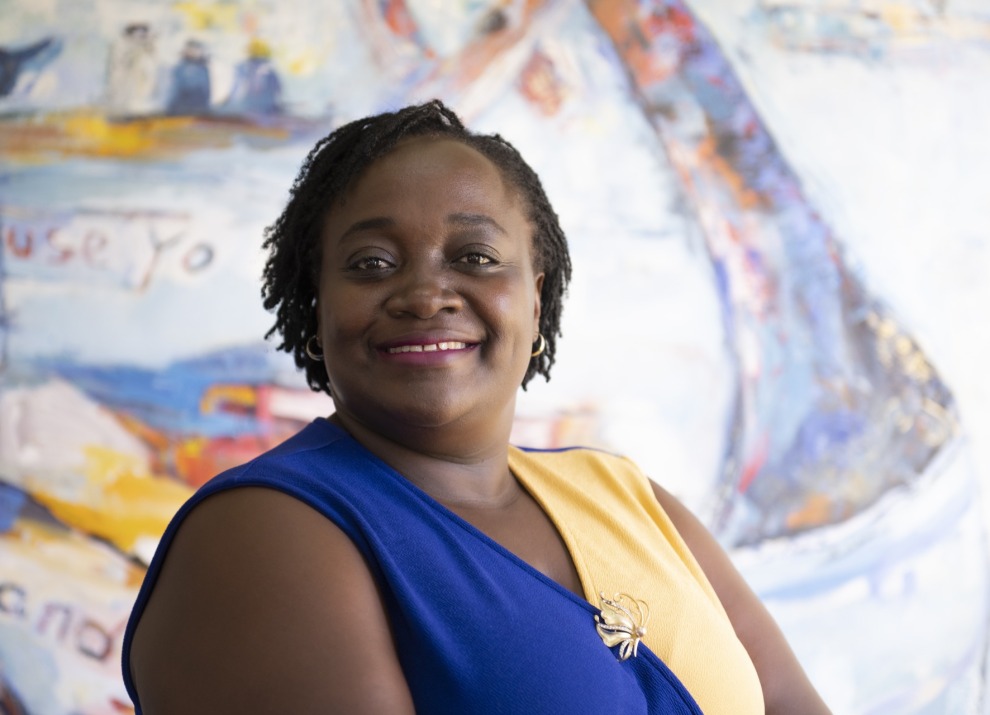Marburg Virus Disease: What To Know Now
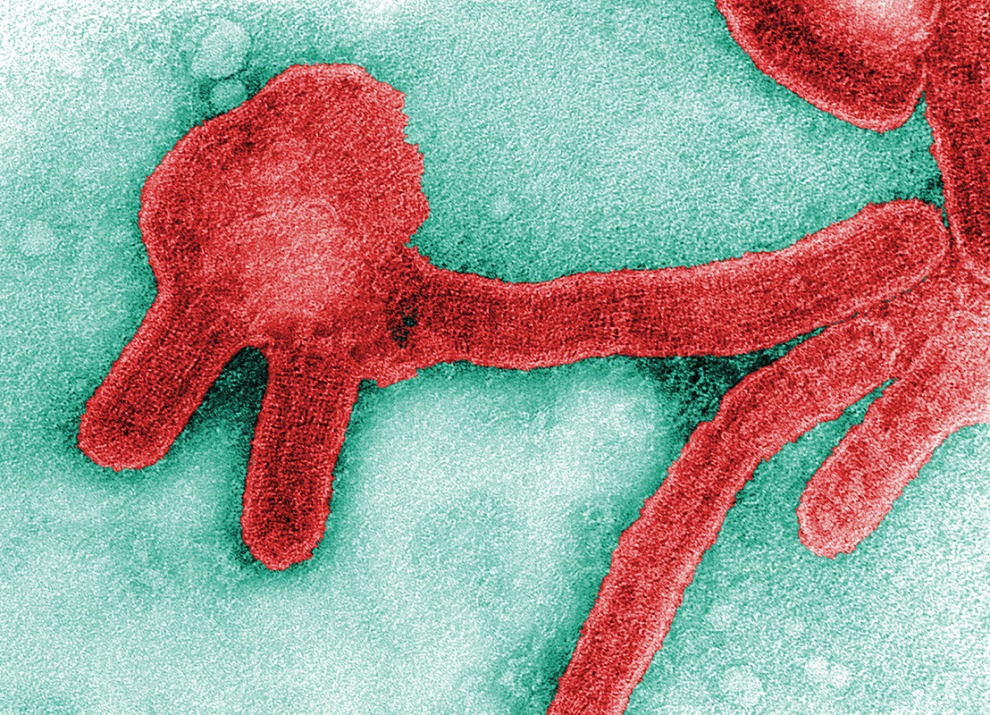
The current Marburg virus disease outbreak in Rwanda once again highlights the lethal threat from pathogens and the need for proven vaccines and medicines. Sabin Vaccine Institute is advancing a vaccine for Marburg that is now in Phase 2 clinical trials in Uganda and Kenya.
Sabin’s Vice President of Non-clinical Research & Development, Thomas King, offers some insights into the disease and Sabin’s candidate vaccine.
1. What is Marburg virus disease and how is it transmitted to humans?
The first known Marburg virus disease (MVD) outbreaks occurred in 1967 in Germany and Serbia. The virus causes severe hemorrhagic fever in both people and non-human primates. According to the World Health Organization, the incubation period is anywhere between 2-21 days and symptoms begin abruptly with a high fever, acute headache, and extreme fatigue. As the disease progresses, it becomes severe and can include pancreatic inflammation, shock, liver and immune system failure, and massive hemorrhaging. The severity of MVD is underscored by its high case fatality rate, 23-90%.
Some experts believe that contact with infected fruit bat feces or aerosols is the likely reason for the spillover to humans. More research is needed to determine if other species may also host the virus.
2. How is Marburg transmitted between humans?
The virus can spread between people through contact with body fluids (such as saliva, sweat, urine, stool, breast milk) of sick or deceased individuals.
3. What makes Marburg so infectious?
The primary means of infection is through small openings in mucous membranes such as those in the nose and mouth, where immune cells are located. As these immune cells are targets for Marburg virus, there is ample opportunity for infection to take root soon after exposure. The virus quickly spreads to other major organs such liver, lymph node and spleen. From that point, the infection is systemic and it is difficult for the immune system to fight off the disease.
4. What are the challenges for vaccine development and deployment when responding to an outbreak when vaccines are not approved?
One of the major challenges is the availability of vaccines with sufficient non-clinical and clinical data that are in vials and ready to ship the moment of an outbreak. We can’t forecast when an outbreak will occur and how many people it will affect. As a result, traditionally large companies have less commercial incentive to develop “outbreak” vaccines” such as Marburg vaccines or those for other diseases that appear only sporadically. For non-profits – such as Sabin – securing funding to develop “outbreak” vaccines is a major challenge.
Specifically, once an outbreak is declared, we face operational challenges such as manufacturing and shipping vaccine doses, while ensuring all necessary regulatory standards are met. Once the vaccine is in the field, important data needs to be collected to support its licensure. We learned a lot from our successful delivery of Ebola Sudan vaccine during the Uganda outbreak in 2022.
5. How does the Sabin Marburg virus vaccine work?
Sabin’s vaccine is carried to the cells through a harmless, non-replicating chimpanzee adenovirus. The adenovirus (usually the cause of colds or flu) has been engineered to contain a Marburg virus gene that is normally involved in infection. When an individual is injected, the gene is delivered into their cells, and synthesis of the Marburg glycoprotein begins. The immune system rapidly detects the presence of the newly made foreign glycoprotein and generates protective immune cells which remain at the ready for a future exposure (memory cells). If the individual is exposed to the virus post-vaccination, the memory immune cells burst into action to protect the individual by preventing or drastically reducing Marburg virus replication in the body.
6. How did Sabin’s Marburg vaccine perform in earlier human clinical trials and what are the next steps?
Based on data to-date, the Sabin Marburg vaccine is safe and induces an immune response. The first-in- human trials were conducted by the National Institutes of Health in 40 volunteers at the Walter Reed Army Institute of Research Clinical Trials Center; the study was recently published in The Lancet. A similar study was also conducted by Sabin Vaccine Institute in 16 subjects, with a very similar outcome.
Thanks to a contract with the U.S. Biomedical Advanced Research and Development Authority (BARDA), Sabin is conducting a Phase 2 clinical trial for our Marburg vaccine candidate in Uganda and Kenya. Additional Phase 2 trials are planned for the U.S. as well.

